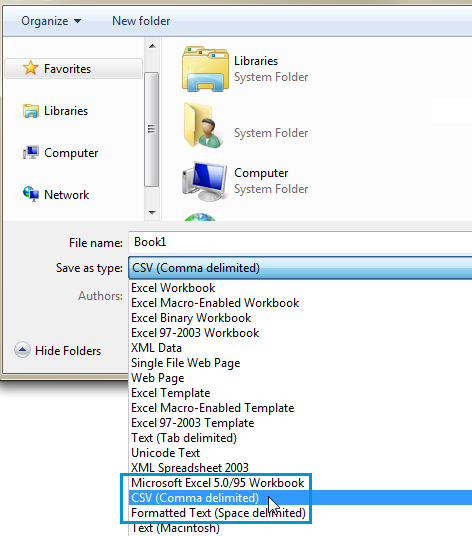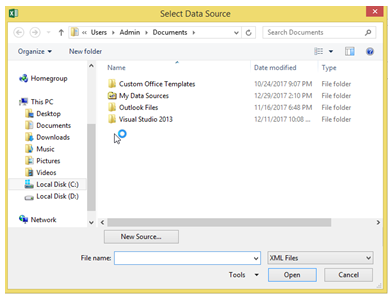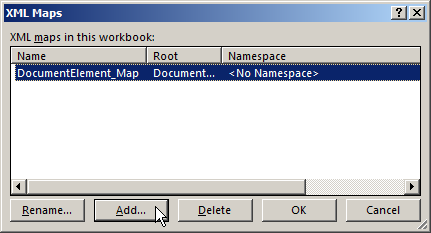

MainWorkBook.Sheets( "Sheet1" ).Range( "C" & intCounter).Borders.Value = 1Įnter your email address to subscribe to this blog and receive notifications of new posts by email. MainWorkBook.Sheets( "Sheet1" ).Range( "B" & intCounter).Borders.Value = 1 MainWorkBook.Sheets( "Sheet1" ).Range( "A" & intCounter).Borders.Value = 1 MainWorkBook.Sheets( "Sheet1" ).Range( "C" & intCounter).Value = Books(i).ChildNodes(j).Text MainWorkBook.Sheets( "Sheet1" ).Range( "B" & intCounter).Value = Books(i).ChildNodes(j).tagname MainWorkBook.Sheets( "Sheet1" ).Range( "A" & intCounter).Value = j + 1 Set Books = oXMLFile.SelectNodes( "/catalog/book" )įor j = 0 To Books(i).ChildNodes.Length – 1 MainWorkBook.Sheets( "Sheet1" ).Range( "C" & 1 ).Value = "Value" MainWorkBook.Sheets( "Sheet1" ).Range( "B" & 1 ).Value = "Book Node" MainWorkBook.Sheets( "Sheet1" ).Range( "A" & 1 ).Value = "S.No" MainWorkBook.Sheets( "Sheet1" ).Range( "A1,B1, C1" ).Borders.Value = 1

MainWorkBook.Sheets( "Sheet1" ).Range( "A1,B1,C1" ).Interior.ColorIndex = 40 Set oXMLFile = CreateObject( "Microsoft.XMLDOM" ) MainWorkBook.Sheets( "Sheet1" ).Range( "A:A" ).Clear Reference needed: How to add “Microsoft Forms 2.0 Object Library” Set Books = oXMLFile.SelectNodes(“/catalog/book”)įor j = 0 To Books(i).ChildNodes.Length - 1 SelectNodes – Selects a list of nodes matches the Xpath pattern. Set oXMLFile = CreateObject(“Microsoft.XMLDOM”) Sample XML: (Sample File has been taken from- )


Create the object of “Microsoft XML Parser” ) (Microsoft.XMLDOM is the COM object of Microsoft XML Parser).To Read Data from XML File using in Microsoft Excel, you need to follow the steps below: In this post we will extend it further and loop through xml and print all the child nodes value under each parent node. In our earlier post we have seen How to read data from XML file.


 0 kommentar(er)
0 kommentar(er)
